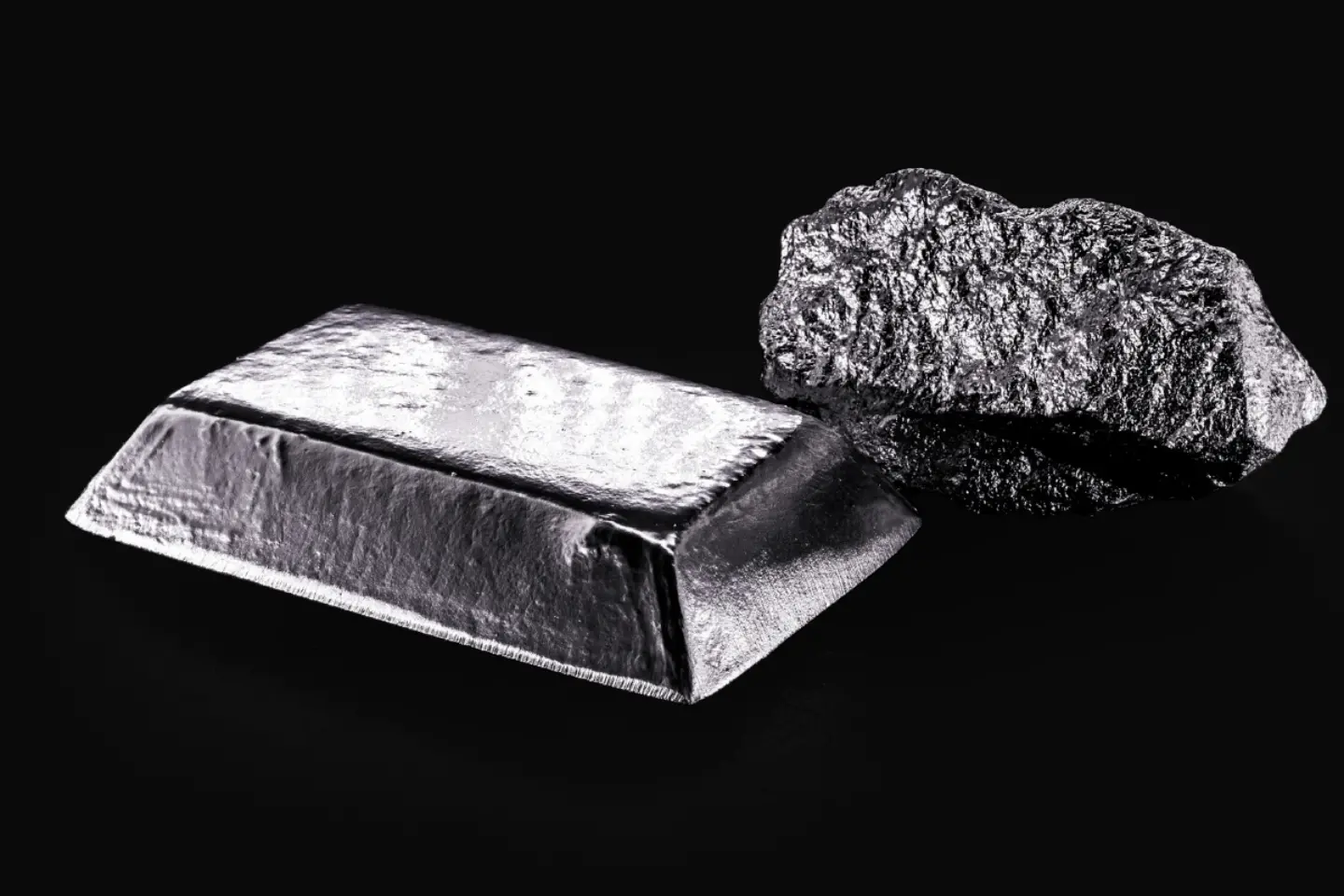When you think of precious metals, the shimmer of gold or the luster of platinum likely comes to mind. These metals have historically been coveted for their rarity and value, often used as currency, in jewelry, and as symbols of wealth and power. However, there is a metal that not only outstrips these in value but also plays a crucial role in various industrial applications, and its name is unfamiliar to many. This metal, prized and pricey, is rhodium.

Rhodium is a silvery-white element that is part of the platinum group metals (PGMs), which also includes palladium, platinum, ruthenium, iridium, and osmium. What sets rhodium apart is its scarcity and the extremely high demand from certain industries. It is chiefly found alongside other PGMs in the mineral deposits of South Africa and Russia, and to a lesser extent in North America and the Ural Mountains. The metal's scarcity is a significant factor contributing to its staggering cost.
The price of rhodium has been known to fluctuate wildly, yet it often holds the title of the world's most expensive metal. Its price per ounce has at times surpassed that of gold by nearly tenfold, making it a heavyweight champion of metals in terms of value. It's not used as widely in jewelry as gold or platinum, partly because of its cost and partly because it is typically used only as a plating material to add a reflective white surface to jewelry made of other metals.
So what exactly drives the demand for this metal that most of the public have never laid eyes upon? The primary use of rhodium is in catalytic converters for vehicles. These devices reduce harmful emissions by converting toxic gases like nitrogen oxides, carbon monoxide, and hydrocarbons into less noxious substances. Rhodium is extremely effective for this purpose due to its excellent catalytic properties, especially when it comes to treating emissions from gasoline engines.
In addition to its role in automotive catalytic converters, rhodium has several other specialized industrial applications. It’s used in the production of fiberglass and in the making of nitric acid, which is vital for fertilizer production. Its high melting point and lower susceptibility to oxidation make it a valuable component in high-temperature and corrosion-resistant coatings for various industries.
There are also fascinating uses of rhodium in the world of glass production. A rhodium-plated instrument called a thermocouple is used to measure temperatures in the glass manufacturing process, where accurate temperature readings are critical. Moreover, certain types of performance glass, like those used in aircraft and high-quality mirrors, use rhodium to achieve their superior quality and durability.
One with an interest in horology might also be intrigued to know that rhodium is used to plate pieces of high-end watches, both for its aesthetic white shine and its resistance to tarnishing, ensuring that a luxury timepiece stays looking pristine over the years.
Interestingly enough, rhodium is not traded in the same way as gold or silver. There is no formal commodity market for rhodium, and it is often traded directly between buyers and sellers or through dealers who specialize in PGMs. This lack of a public trading platform, coupled with the metal's rarity and concentrated production, can lead to considerable price volatility. For investors who dabble in precious metals, rhodium represents a niche and complex market that is not for the faint of heart.
Sustainability and ethical sourcing is an increasing concern for consumers and industries alike, and rhodium is no exception. The mining processes for extracting rhodium and other PGMs can have substantial environmental impacts. As such, there is growing pressure on producers to demonstrate responsible stewardship, and on consumers to consider the implications of their purchases.
To those following the clean energy and electric vehicle front, the shift away from internal combustion engines could eventually lessen the demand for rhodium. However, the journey toward universal adoption of electric vehicles is a long one, and in the interim, rhodium’s role in curbing emissions is more crucial than ever.
In summary, the story of rhodium is one of fascinating contradictions. It’s a metal worth more than gold, yet many wouldn't recognize it. It's incredibly rare, yet it's used every day in millions of vehicles traversing our roads. The world's most expensive metal might not have the cultural cachet of gold or the recognition of platinum, but its contributions to modern technology and environmental protection make it a hidden champion among the world's precious resources. As technology evolves and the demand for cleaner emissions continues, rhodium’s tale is sure to press on, weaving even more intrigue into its already lustrous narrative.
